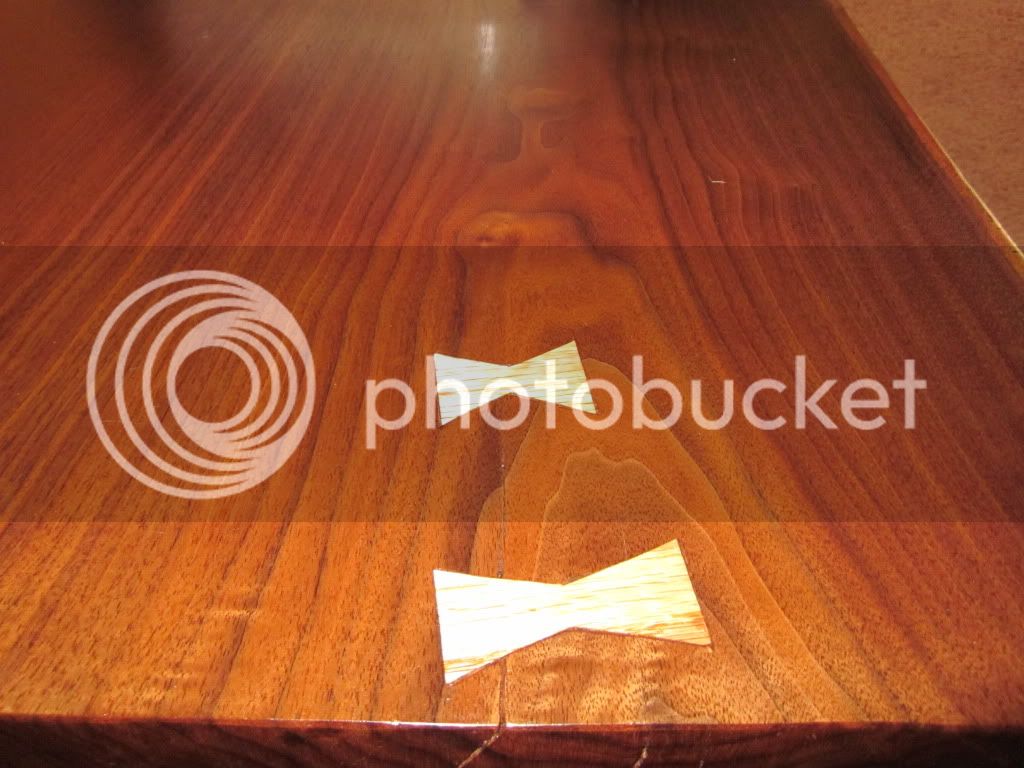Piggybackin on the bowties, they add alot o character to the piece. You could cut a thin wedge out of cookie, add a contrasting wood...say maple, then add bowtie, or maybe a couple to hold it all together using another contrasting wood...say walnut or beech. As for the planing, I do quite a bit of end grain planing and for success the wood needs to be dried to 8-10% moisture so it is stable and then use a planer with variable speed control rather than most planers that run 2 speeds....fast and faster 16-20fpm. I run end grain at about 10fpm, if you go any slower it will tend to friction burn the wood. Hope that helps, good luck
 :yourock:
:yourock:




